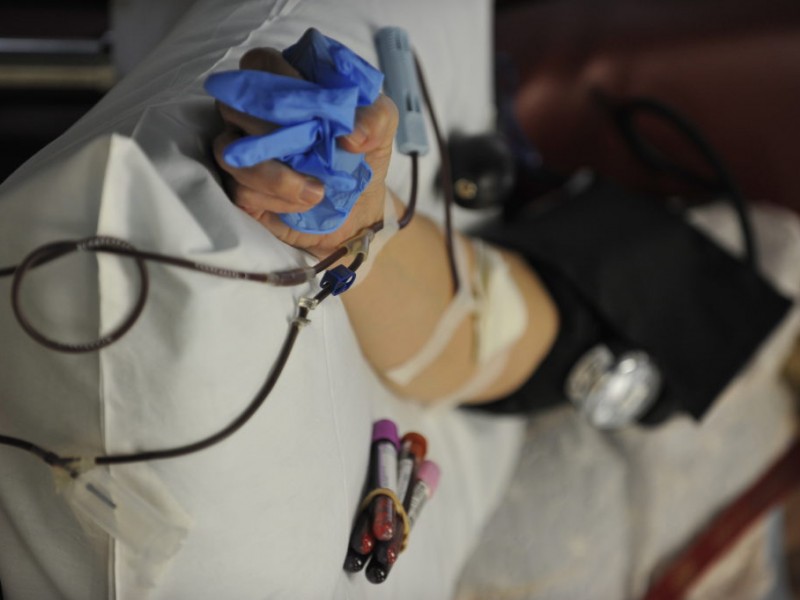

#Trauma center levels in la zip#
We then used geospatial analysis to identify a boundary of 32 contiguous zip codes to define the MLK service area for trauma incidents. We first characterised the patient sample with simple descriptive statistics, including trauma admissions, demographics and injury mortality.

We hypothesised that the MLK closure in 2007 significantly impacted the volume of trauma patients at other south Los Angeles hospitals, and potentially increased the trauma mortality for south Los Angeles. This study seeks to fill this gap in literature by evaluating the redistribution of the volume of injured patients in neighbouring hospitals as well as trauma mortality of admitted patients within these hospitals and overall mortality in the county. 17, 18 Subsequent impact analyses were also reported, noting challenges and highlighting the need for a comprehensive care plan for the area. Following this closure, a provision plan was created for emergency transport and staffing at nearby public and private hospitals, given that the closure of the second-busiest trauma centre in Los Angeles might adversely affect neighbouring hospitals and local communities. By 2006, more patient deaths at MLK were reported as attributable to medical errors, and all inpatient and emergency services were closed in August 2007. Trauma centre designation was removed completely from MLK in December 2004, but the inpatient and emergency services remained open in the hopes of improving existing services.
#Trauma center levels in la series#
16 Despite the hospital's assets, a series of highly publicised deaths led to the closure of the cardiac monitoring unit by December 2003, and then MLK's redesignation as a level II trauma centre in February 2004. In response to the lack of sufficient access to healthcare and opportunities in this low-income area, 15 the Martin Luther King Jr Hospital (MLK) was opened in 1972, then designated as a level I trauma centre in 1983. The population is approximately 95% African American and Latino, and despite being home to the University of Southern California and the Los Angeles Coliseum, the area is generally economically distressed and suffers high rates of trauma, particularly penetrating trauma, such as gunshot wounds (GSWs). 14 South Los Angeles is a distinct region of Los Angeles County that comprises 25 neighbourhoods and three unincorporated districts. We studied Martin Luther King Jr/Drew Medical Center, currently a multiservice ambulatory care centre in the southwest region of Los Angeles County, serving the communities of Compton, Watts and Willowbrook. Given the conflicting evidence for hospital and ED closures, and the paucity of evidence of how trauma centre closures specifically affect outcomes, the goal of this study was to focus on one trauma centre closure in a specific context, using it as a case study to show how there may be different effects based on particular contexts. 6 Several studies have specifically examined closures of trauma centres, 11, 12 but to our knowledge, few have discussed the population effects on outcomes as a result of trauma centre closures.


2–4Ĭurrent literature documenting hospital 5, 6 and ED closures 7–10 has produced controversial findings some studies have shown associations with higher mortality due to deteriorating access, 7 while others have shown no association with poorer outcomes. Trauma centres, as part of organised trauma systems, have been shown to improve injury mortality by 10–20% compared with areas that do not have specialised trauma care. All centres must have a multidisciplinary trauma team and an emergency department (ED), and all must have personnel, services and equipment necessary to care for trauma patients. California trauma centres are designated as levels I–IV. 1 There are currently more than 1000 trauma centres in the USA, which are hospitals that have committed resources to the care of the injured patient. Trauma is the leading cause of death for all Americans aged 1–44 years, claiming more than 180 000 lives annually, and injury is a leading cause of death and disability among children and adults.


 0 kommentar(er)
0 kommentar(er)
